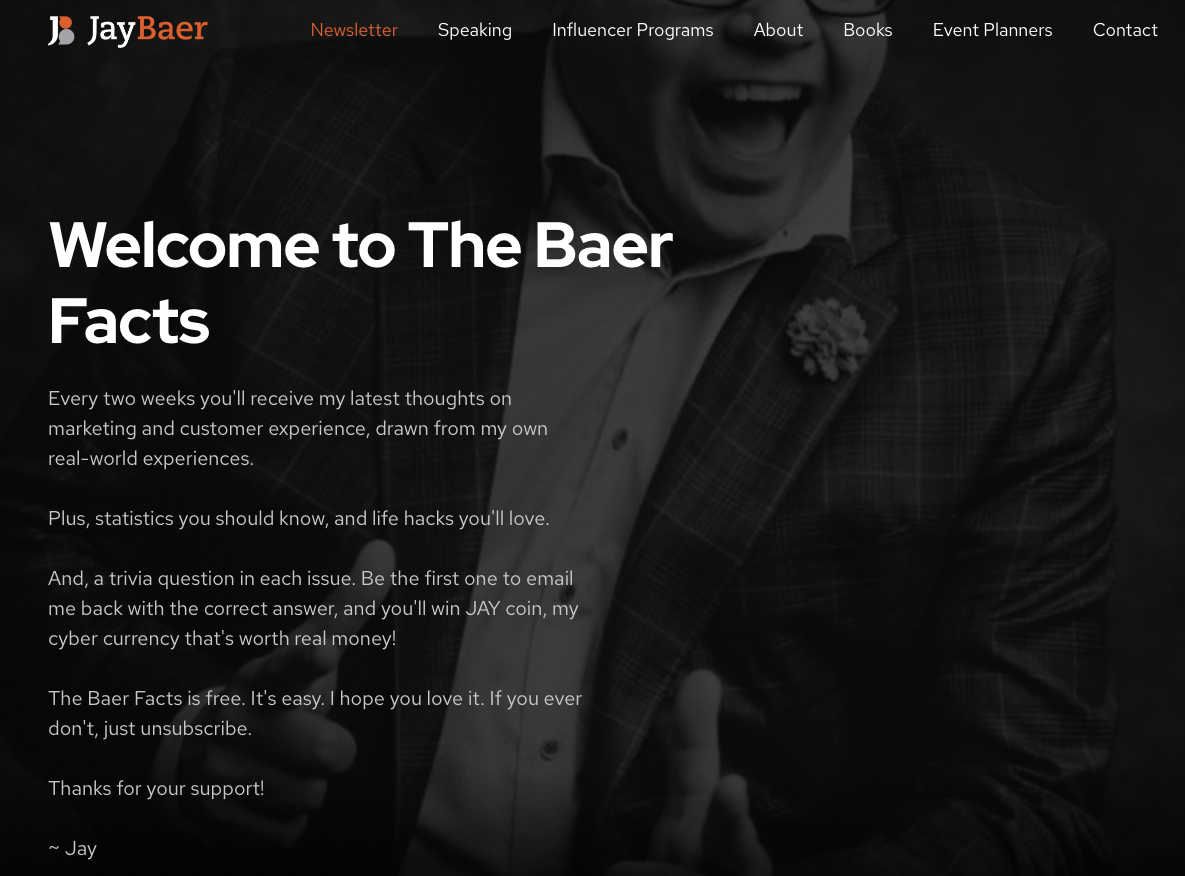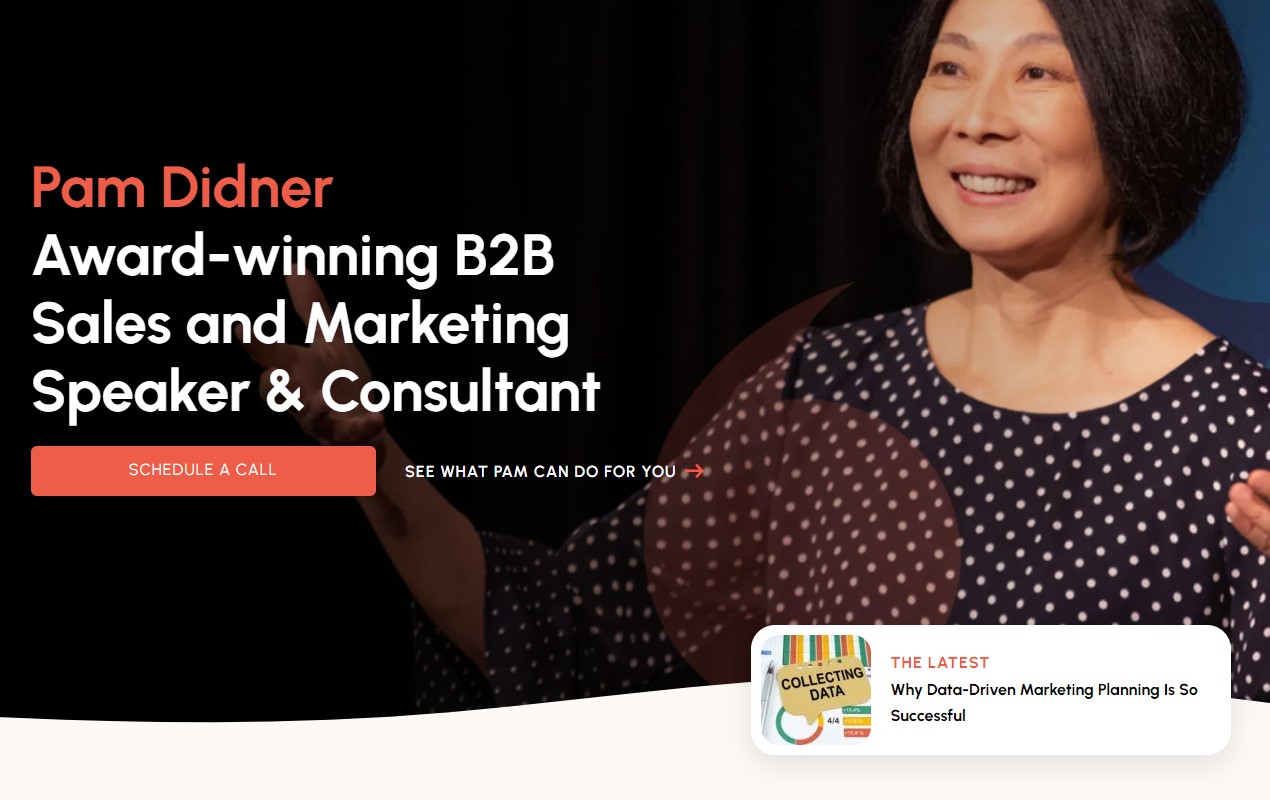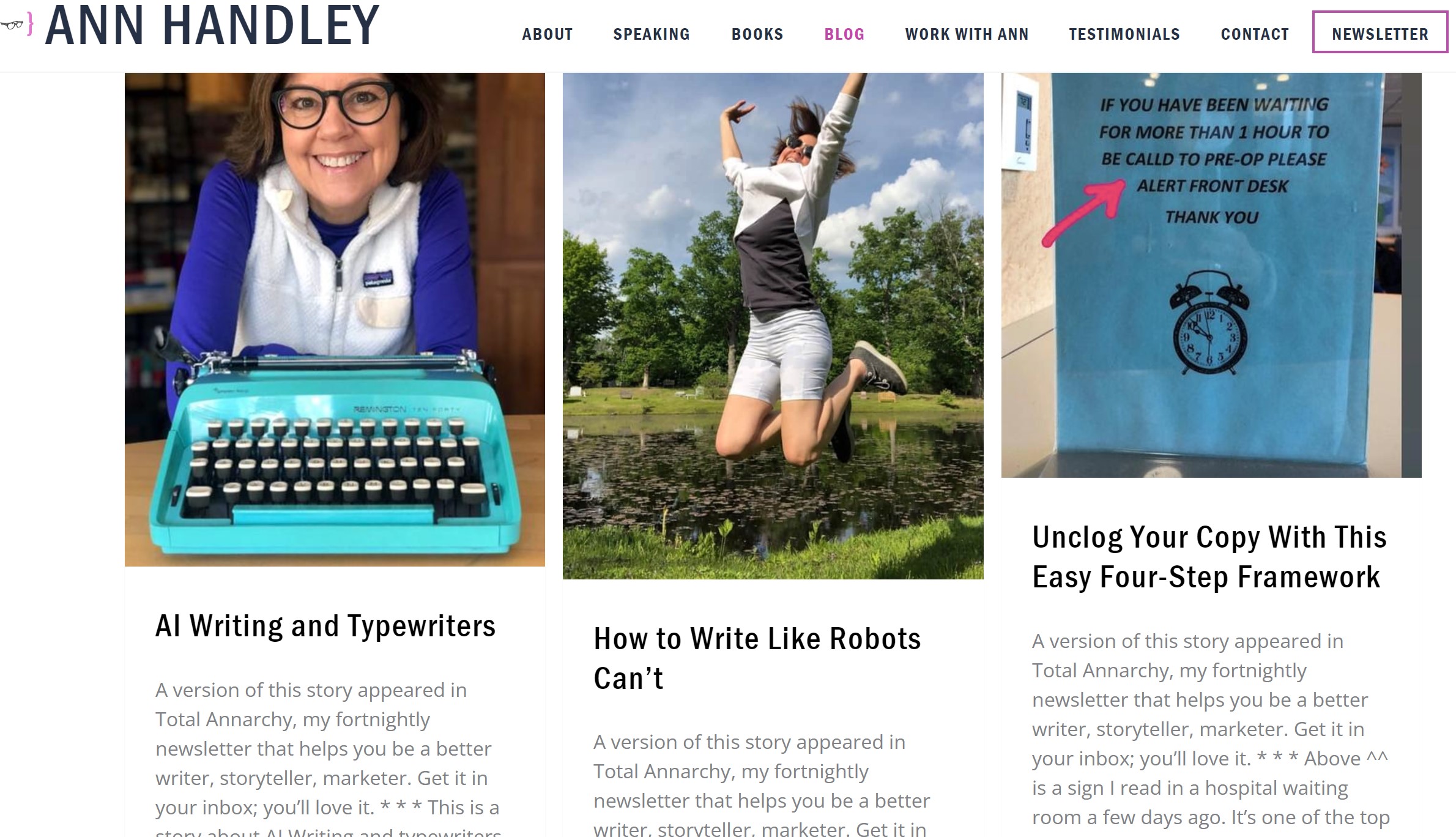Trending
How to Build Your Personal Brand in Content Marketing
As a marketer, how you build your personal brand gives you an edge. It’s how you present your personality, passions, and work experience online and offline.
Though everyone’s brand is unique, there are some best practices that apply universally to how marketers can build up their personal brands and grow followers into customers or clients.
From building a dynamic website to creating a personal content marketing strategy, use this guide to get started.
1. Showcase Your Authenticity
Above all, be authentic. If you blend in too much, you’ll never stand out.
Your specialized skills, work ethic values, sense of humor, and even the way you speak are what make you unique.
Ask yourself: How can I use the characteristics my friends love about me to make my personal brand resonate with my target audience?
Take Andrew Davis, for example. Can you tell what his favorite color is? You can recognize him by his glasses and bowtie, but his voice also remains consistent. He’s cheeky, interesting, and creative all at once.
Once you’ve established your “voice,” stay consistent with how you present yourself. This applies to your social media profile photos, the design of your website and business cards, and the way you dress and carry yourself at in-person events.
The key is to stay consistently you as you put yourself out there. A personal brand that switches personas to please everybody will end up pleasing nobody.
2. Find Your Target Audience
Before unleashing your marketing know-how across the digital world, research your target audience. The more you know about your audience’s needs and pain points, the better you’ll be at creating content that strikes a chord with them.
Some demographic details to focus on:
- What is the age group of your potential audience?
- What industries do you have marketing expertise in?
- What are the marketing challenges in those industries?
- What conversational tone appeals to your target audience?
- What are the topics they’re most interested in?
- What social channels do they prefer?
Finding your people requires both audience research and your own self-awareness. If your specialty is content marketing, don’t present yourself as a master of all marketing practices.
A great example of aligning a personal brand with an audience is digital marketing influencer, author, and content expert Jay Baer, who targets mostly creatives and marketers. His personality and social media presence — which exudes clear-thinking, empathy, and humor — align with his audience’s needs as creators.
3. Build a Dynamic Personal Website
LinkedIn, Facebook, and Twitter are important channels for personal branding, but they can also be distracting. You’ll be surrounded by a sea of content and hundreds of marketers just like you.
That’s why a personal website is so important. Here, you are the sole focus. A well-designed, easy-to-navigate website is a platform to show your target audience who you are and how you can help them without the noise of social media.
For instance, Pam Didner, a marketing consultant, speaker, and podcaster, created a personal website with a clean look that makes it easy to learn who she is and find her recently published content. A pop-up box just under the hero image links directly to her latest blog post. This is a smart way to bring content to the visitor rather than hoping visitors will seek it out.
4. Create a Content Marketing Strategy
Some of the most successful personal brands in marketing have a content strategy, publishing significant amounts of free content.
But before you start cranking out blog posts, podcasts, and videos, make a list of the topics that appeal to your target audience. BuzzSumo and Google Keyword Planner are two popular tools for researching topics and keywords.
Once you’ve established your keywords and topics, decide which content types you should create and where you should publish them.
The content types you focus on — written articles, short videos, podcasts, infographics — will depend on your audience’s preferences. For instance, if your target audience is Gen Z, you’ll want to focus more on video content for social media instead of other mediums.
As for where the content should live, your website should have a resource center as a home base for blogs and videos. Content should also be featured in an email newsletter to amplify its distribution impact. You’ll want to share your content on the social channels where your audience is most active, whether it’s LinkedIn, Twitter, or TikTok.
As you start pushing out content, be sure to look at content performance metrics for your website (visitors, time on page, bounce rate) and social media marketing efforts (likes, comments, shares). If the metrics are positive, slowly expand your content frequency, add more content types (podcasting, anyone?), and share on more social media channels.
If you’re looking for a personal brand content strategy to steal ideas from, check out Ann Handley’s blog. Her posts merge a personal touch with business wisdom as she doles out tips on work-life balance, general marketing strategy, and how to be a better writer.
Evolving Your Personal Brand
Change is a constant in the digital world, so your personal brand will need to stay fluid enough to evolve with the times. But never change your nature to please everybody.
Ultimately, with a well-honed personal brand, you can show people who you are and what you stand for as a marketer. With this solid foundation, you’ll be able to adjust to marketing trends while staying uniquely you.
To stay informed on all the content trends that matter, subscribe to The Content Strategist for more insight on the latest news in digital transformation, content marketing strategy, and rising tech trends.
Image by elenabsGet better at your job right now.
Read our monthly newsletter to master content marketing. It’s made for marketers, creators, and everyone in between.








